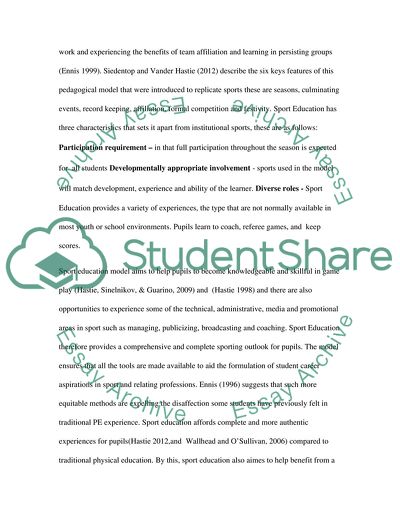Cite this document
(Sport Education Literature review Example | Topics and Well Written Essays - 3000 words, n.d.)
Sport Education Literature review Example | Topics and Well Written Essays - 3000 words. https://studentshare.org/education/1837714-literature-review-on-competence-in-sports-education
Sport Education Literature review Example | Topics and Well Written Essays - 3000 words. https://studentshare.org/education/1837714-literature-review-on-competence-in-sports-education
(Sport Education Literature Review Example | Topics and Well Written Essays - 3000 Words)
Sport Education Literature Review Example | Topics and Well Written Essays - 3000 Words. https://studentshare.org/education/1837714-literature-review-on-competence-in-sports-education.
Sport Education Literature Review Example | Topics and Well Written Essays - 3000 Words. https://studentshare.org/education/1837714-literature-review-on-competence-in-sports-education.
“Sport Education Literature Review Example | Topics and Well Written Essays - 3000 Words”. https://studentshare.org/education/1837714-literature-review-on-competence-in-sports-education.


